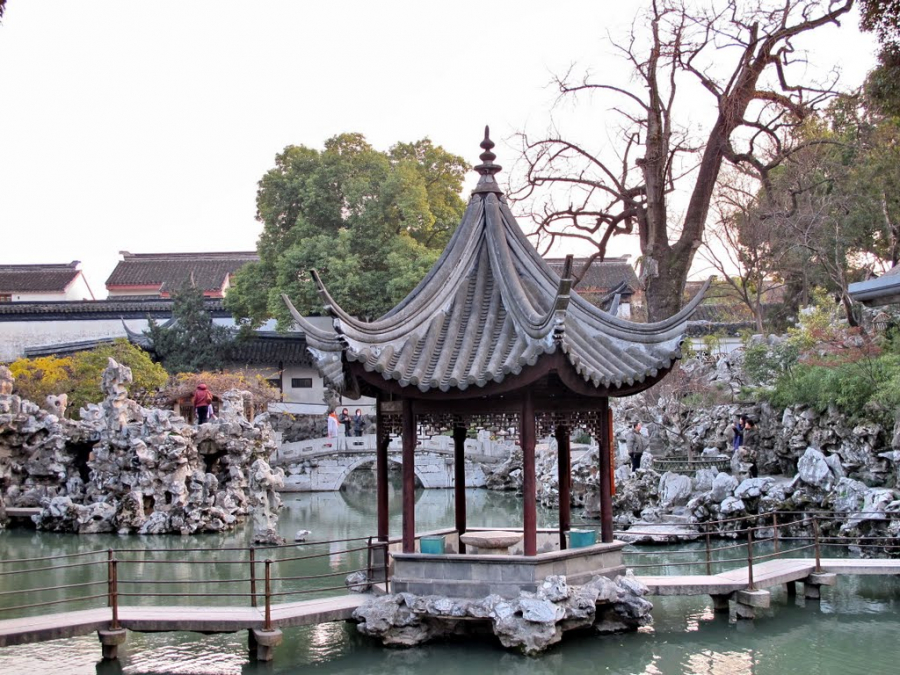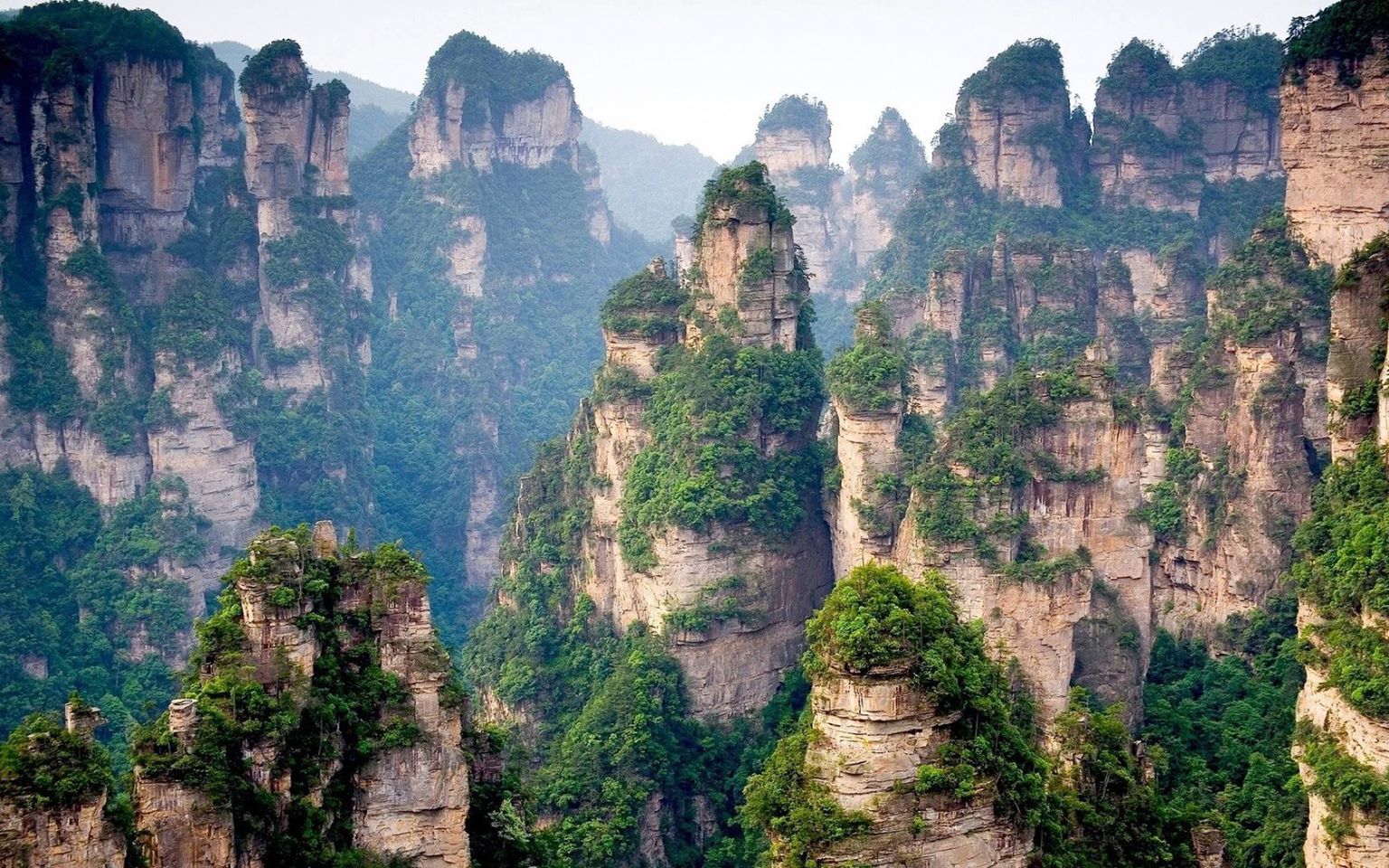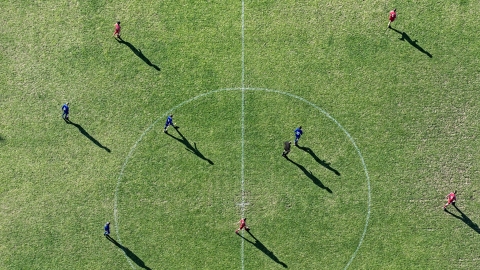Journey to the West (1986 version) is a classic film that has been associated with the childhood of many generations of Vietnamese audiences. During the filmmaking journey of nearly 100,000 km over 17 years, Journey to the West has brought to the audience impressive filming angles in limited circumstances in terms of technique and budget. Although many years have passed, the audience still loves the film and chooses many of the film's settings as tourist destinations.
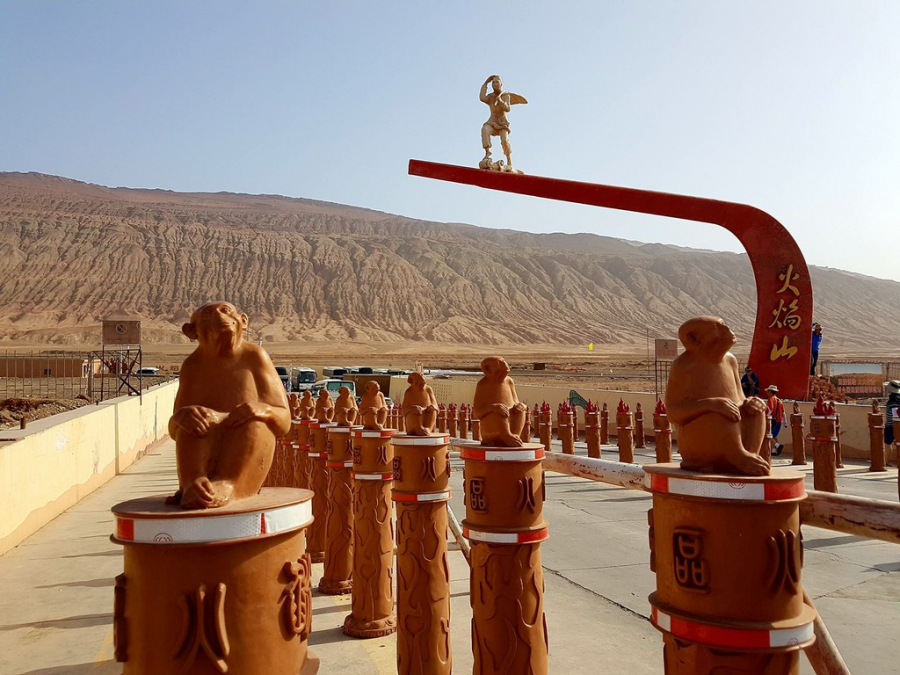
The White Bone Demon's Lair (Zhangjiajie)
The episode about the White Bone Demon's lair was considered the most impressive in the 1986 film Journey to the West. The beautiful demon's lair was filmed in Zhangjiajie National Park, 50 km from Zhangjiajie city (Hunan province). Zhangjiajie is blessed with a diverse, complex terrain of hills, sandstone, and plains, rare in the world. When the Earth's crust formed, the streams split in this land to form rivers, valleys, and canyons. Thanks to this formation, Zhangjiajie possesses unique, towering sandstone pillars, which became the setting for the flying mountains in Journey to the West and later the famous movie "Avatar".

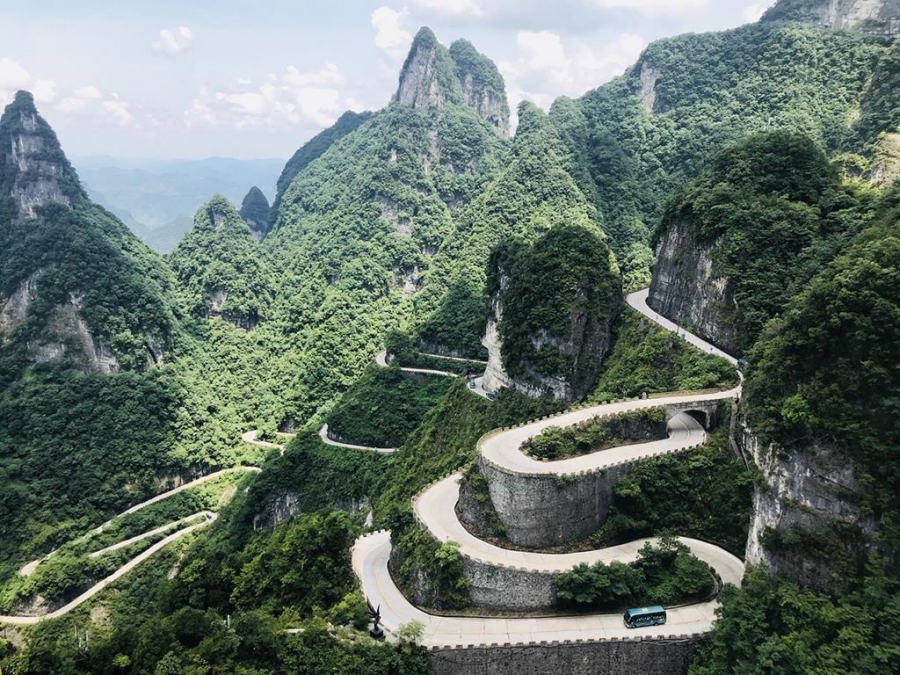

Nowadays, this place attracts a lot of tourists both domestic and foreign. Although the entrance fee is quite high, Zhangjiajie is never empty of visitors regardless of the time of year.
Jiuzhaigou
Jiuzhaigou is considered “heaven on earth” in Sichuan province. This place used to appear a lot on the way to Buddha land of Tang monk and his disciples.
Formed on the sedimentary limestone mountains, Jiuzhaigou has hundreds of lakes and about 100 large and small waterfalls, beautiful as paintings. There are 9 Tibetan villages here (Sichuan province), so people often call it "Jiuzhaigou". The total area of the reserve is about 60,000 hectares, located at an altitude of about 2,500 m above sea level, including 3 valleys arranged in the shape of the letter Y named Ritzegou, Tac Tragou and Thu Chinhgou. The lakes here are as clear as a mirror reflecting the sky and earth with wild and charming scenery. Therefore, Cua Traigou is always a destination that attracts domestic and foreign tourists in all four seasons of the year.


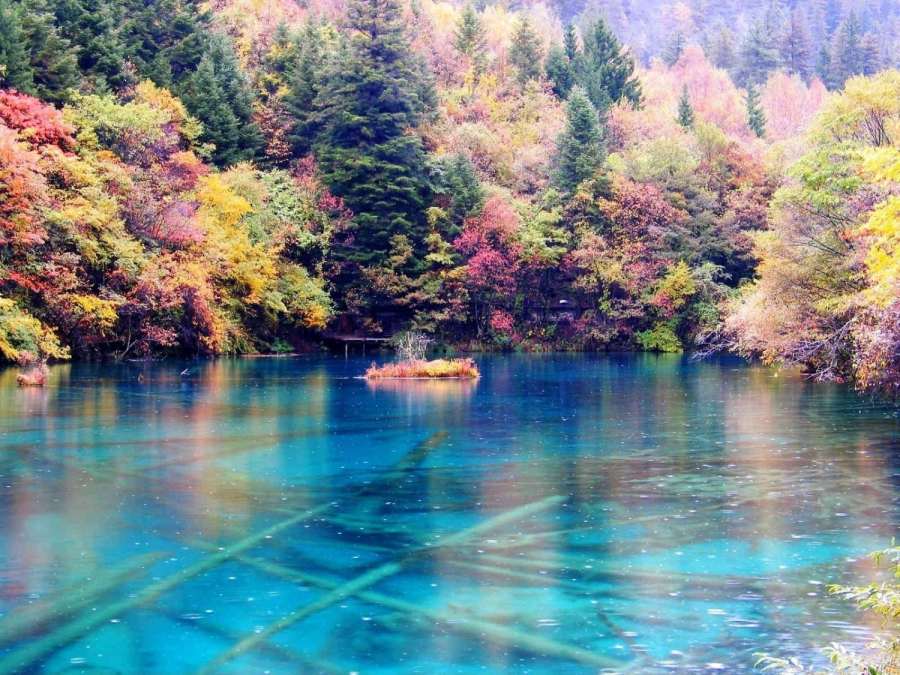

Flower Fruit Mountain (Flower Fruit Waterfall)
Huaguoshan is the home of monkeys and also the hometown of Sun Wukong. The scene that appears many times throughout the classic film is set at Huangguoshu Waterfall in Guizhou.
Huangguoshu Waterfall is known as "the galaxy on earth". The waterfall is about 74 meters high and 81 meters wide and is the largest waterfall in China.
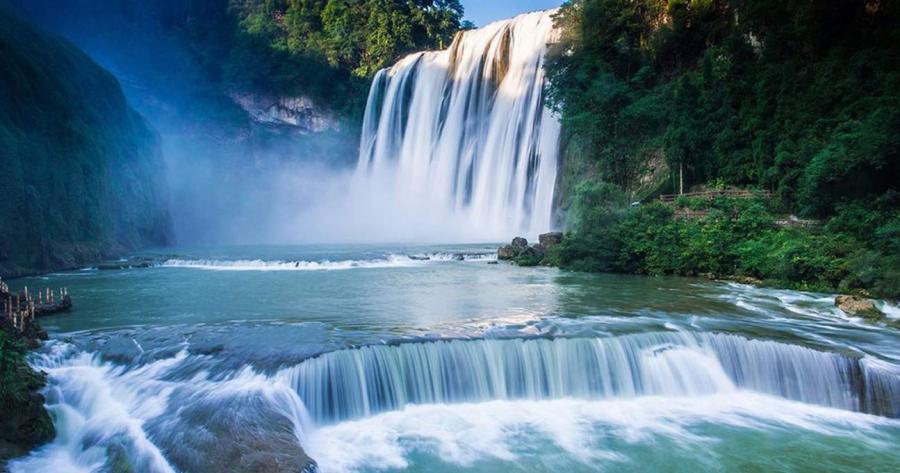
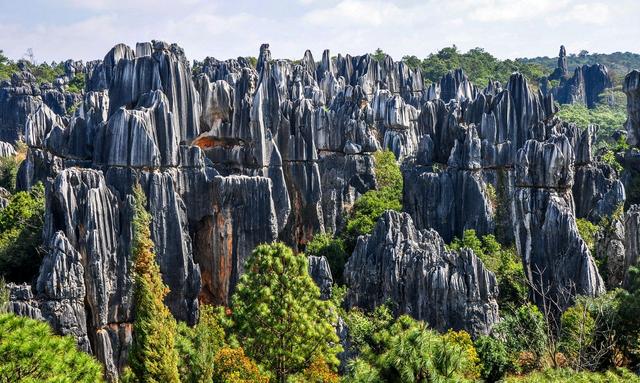
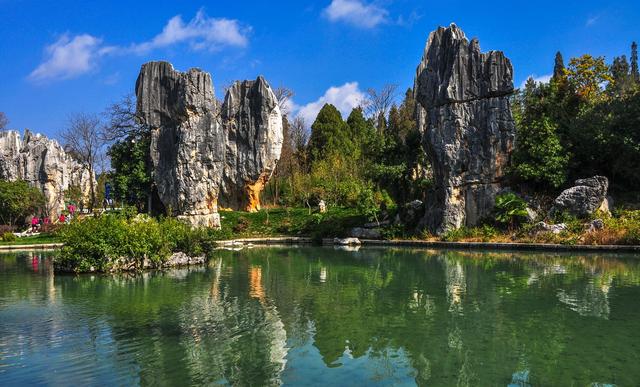
Fire Mountain
Fire Mountain is a famous tourist area in Xinjiang, this is also the name of the familiar mountain in the movie Journey to the West associated with the characters of Niu Ma Vuong and Ba La Sat (Princess Thiet Phien). In terms of administrative location, Fire Mountain is located near the northern edge of the Taklamakan Desert and east of Turpan city (Tro Lu Phan). The entire Fire Mountain range is about 100 km long, 5 - 10 km wide running in the East - West direction. The average altitude of Fire Mountain is 500 m with temperatures regularly reaching 50 °C, the surface temperature once reached over 70 °C.
After the success of the film, bronze statues of Ba La Sat and Nguu Ma Vuong were erected at the foot of Hoa Diem Son mountain range, attracting many tourists to visit and take souvenir photos.
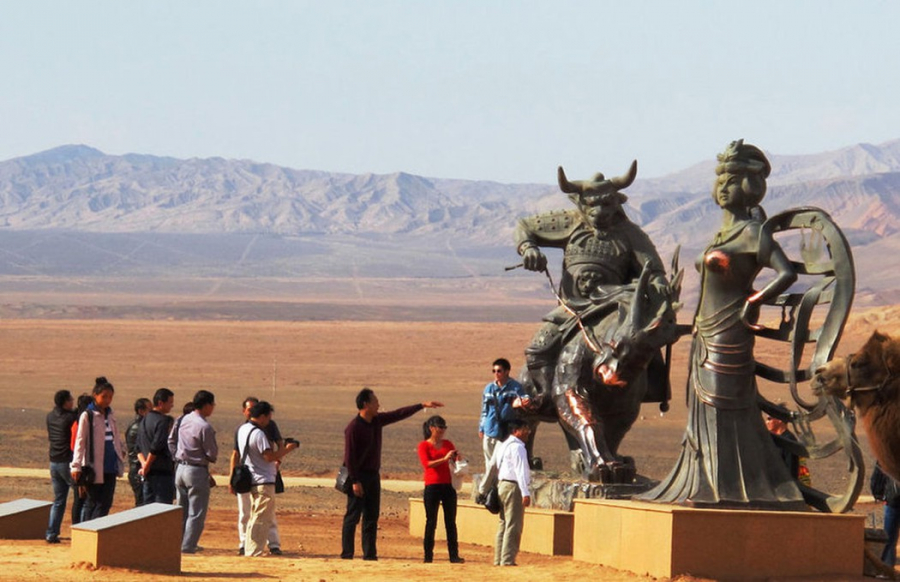
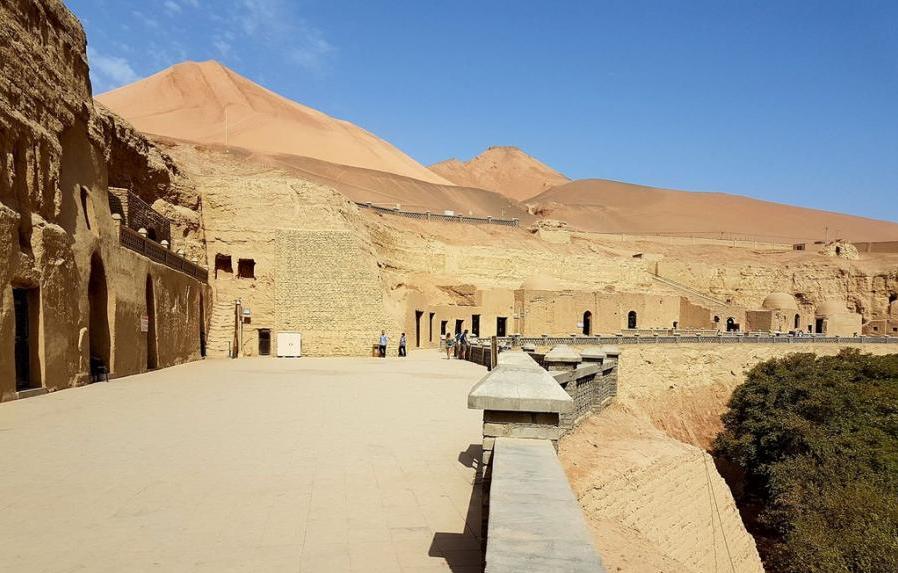
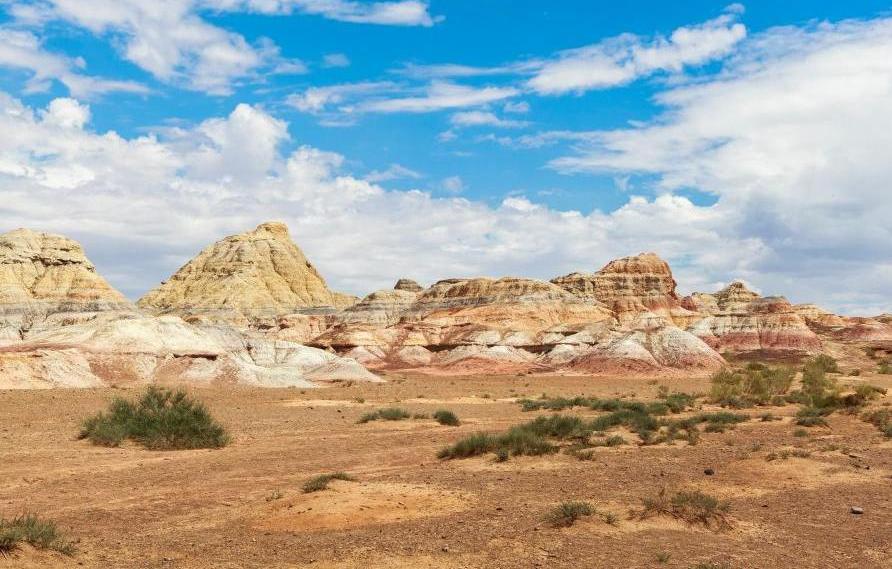
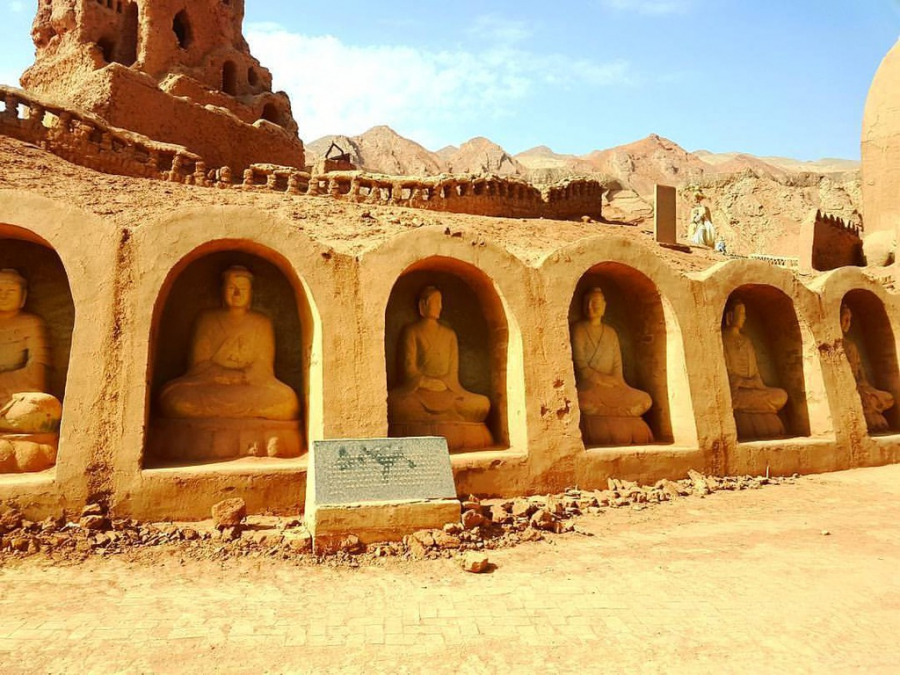
Western Liang Kingdom of Women (Lion Forest Garden)
Loyal audiences of The Monkey King will surely not forget the episode "The Kingdom of Women in the Western Liang" with its graceful and gentle beauties. Here, Tang Monk and his disciples successfully passed the beauty test to reach Buddha. The Lion Grove Garden in Suzhou was chosen as the main setting for the palaces in this "land of women".
Lion Grove was built in the northeast of Suzhou during the Yuan Dynasty. The 1.1 hectare garden was designed with breathtaking landscape architecture. It became a place where the essence of Chinese garden architecture converged: simple, delicate and romantic.

